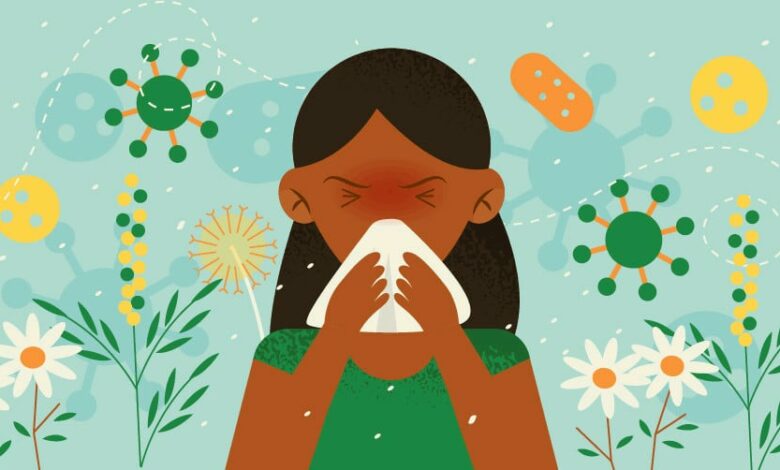Breathe Easy While Gardening: How to Avoid Hay Fever Symptoms

For many gardeners, the joys of cultivating their favorite plants come with a downside: hay fever symptoms. Sniffling, sneezing, and itchy eyes can easily stop you enjoying the fruits of your labor. This article will explore strategies to keep hay fever at bay, ensuring you can breathe easily while tending to your plants.
Choose the Right Plants
One of the most effective ways to minimize hay fever symptoms is by selecting plants that are less likely to trigger an allergic reaction. When planning your garden, consider the following:
- Opt for plants with low pollen counts. These include flowering shrubs, perennials, and ground covers. A helpful resource for finding suitable plants is Allegic Living which lists allergy-friendly options.
- Avoid plants with wind-pollinated flowers. These are more likely to cause hay fever symptoms as they produce more airborne pollen. Instead, choose insect-pollinated plants, which release less pollen into the air.
Create a Pollen-Resistant Garden
A well-planned garden can help reduce the impact of pollen on hay fever sufferers. Here are some tips for creating an outdoor space that minimizes allergens:
- Plant a barrier: Create a natural barrier around your garden by planting tall, dense shrubs or trees. This can help block pollen from entering your space and keep it from reaching your more sensitive plants.
- Use ground covers: Planting ground covers can help prevent weeds from growing, which are often a significant pollen source. Ground covers also help reduce the dust and pollen that can be stirred up by foot traffic.
- Keep the lawn short: Regularly mowing can help prevent grass pollen from becoming airborne. Aim to keep grass at a height of about two inches.
Use Personal Protection and Care
When gardening, taking precautions to reduce your exposure to pollen is essential. Here are some helpful tips:
- Wear a mask: A simple face mask can help prevent pollen from entering your nose and mouth, reducing the chance of an allergic reaction.
- Anti-allergy medications: There is a range of anti-allergy medications availabe online. Simply visit chemistclick.co.uk to see what options suit you best.
- Dress appropriately: Wear long sleeves, pants, and gloves to minimize skin contact with pollen. In addition, opt for light-colored clothing, as it is less likely to attract pollen.
- Clean up afterward: Shower and change your clothes immediately after gardening to remove pollen from your body and avoid bringing it indoors.
Timing is Everything
Gardening during specific times of the day can also help reduce hay fever symptoms. For example, pollen counts tend to be highest in the early morning and late afternoon, so try to schedule your gardening activities during mid-morning or early evening. Additionally, monitor local pollen counts and plan your gardening days around periods of lower counts.
Conclusion
Hay fever doesn’t have to put a damper on your gardening experience. By carefully selecting plants, creating a pollen-resistant garden, taking personal precautions, and planning your gardening activities around pollen counts, you can minimize hay fever symptoms and enjoy your time outdoors. So breathe easy and let your garden thrive, knowing you’ve taken the necessary steps to keep allergies at bay.



